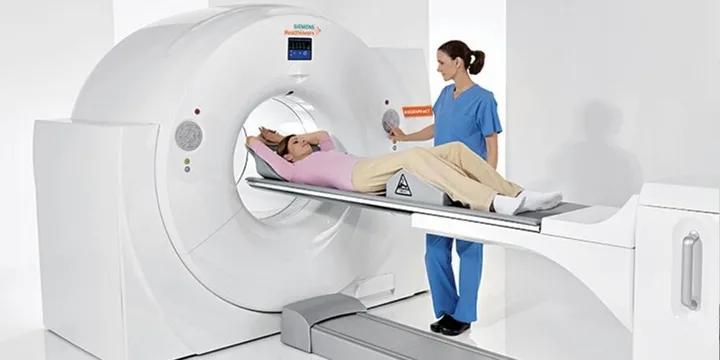"Exploring the Benefits and Applications of PET Scan for Cardiology: A Comprehensive Guide"
#### Understanding PET Scan for CardiologyPET scan for cardiology, or Positron Emission Tomography, is a powerful imaging technique that plays a crucial rol……
#### Understanding PET Scan for Cardiology
PET scan for cardiology, or Positron Emission Tomography, is a powerful imaging technique that plays a crucial role in diagnosing and managing various heart conditions. This non-invasive procedure allows healthcare providers to visualize the blood flow and metabolic activity of the heart, providing valuable insights into the overall health of cardiac tissues.
#### How PET Scan Works
During a PET scan for cardiology, a small amount of radioactive material is injected into the patient's bloodstream. This tracer emits positrons, which are detected by the PET scanner to create detailed images of the heart. The scan can highlight areas with reduced blood flow, indicating potential blockages or damage to the heart muscle. This information is vital for assessing the severity of heart disease and determining appropriate treatment options.
#### Applications of PET Scan in Cardiology
PET scan for cardiology is used in various clinical scenarios, including:

1. **Coronary Artery Disease (CAD)**: PET scans can identify areas of the heart that are not receiving enough blood due to narrowed or blocked arteries. This helps in evaluating the severity of CAD and planning interventions such as angioplasty or bypass surgery.
2. **Heart Muscle Viability**: For patients with heart failure, PET scans can assess whether the heart muscle is still viable. This information is critical when considering surgical options or advanced heart failure therapies.
3. **Cardiac Tumors**: PET scans can also help in the detection and characterization of cardiac tumors, aiding in diagnosis and treatment planning.
4. **Inflammatory Heart Diseases**: Conditions like myocarditis can be evaluated using PET imaging, which helps in understanding the extent of inflammation in the heart.
#### Advantages of PET Scan for Cardiology
One of the primary advantages of PET scan for cardiology is its ability to provide functional information about the heart, unlike traditional imaging techniques such as X-rays or CT scans, which primarily show structural details. This functional insight can lead to more accurate diagnoses and better-informed treatment decisions.
Moreover, PET scans have a relatively low radiation dose compared to other imaging modalities, making them safer for patients. The procedure is also quick, typically taking about 30 to 60 minutes, and the results can often be available within a short time frame.
#### Limitations and Considerations
While PET scan for cardiology is a valuable tool, it is not without limitations. The availability of PET scanners can be limited, and the cost of the procedure may be higher than other imaging methods. Additionally, certain conditions, such as obesity or high levels of blood sugar, can affect the accuracy of the scan results.
Patients should discuss the potential risks and benefits of undergoing a PET scan with their healthcare provider. It is essential to consider the specific clinical scenario and whether a PET scan is the most appropriate imaging modality for their condition.
#### Conclusion
In conclusion, PET scan for cardiology is an innovative imaging technique that provides critical information about heart health. Its ability to visualize blood flow and metabolic activity makes it an invaluable tool in diagnosing and managing various cardiac conditions. As technology continues to advance, the applications and benefits of PET scans in cardiology are likely to expand, further enhancing patient care and outcomes.